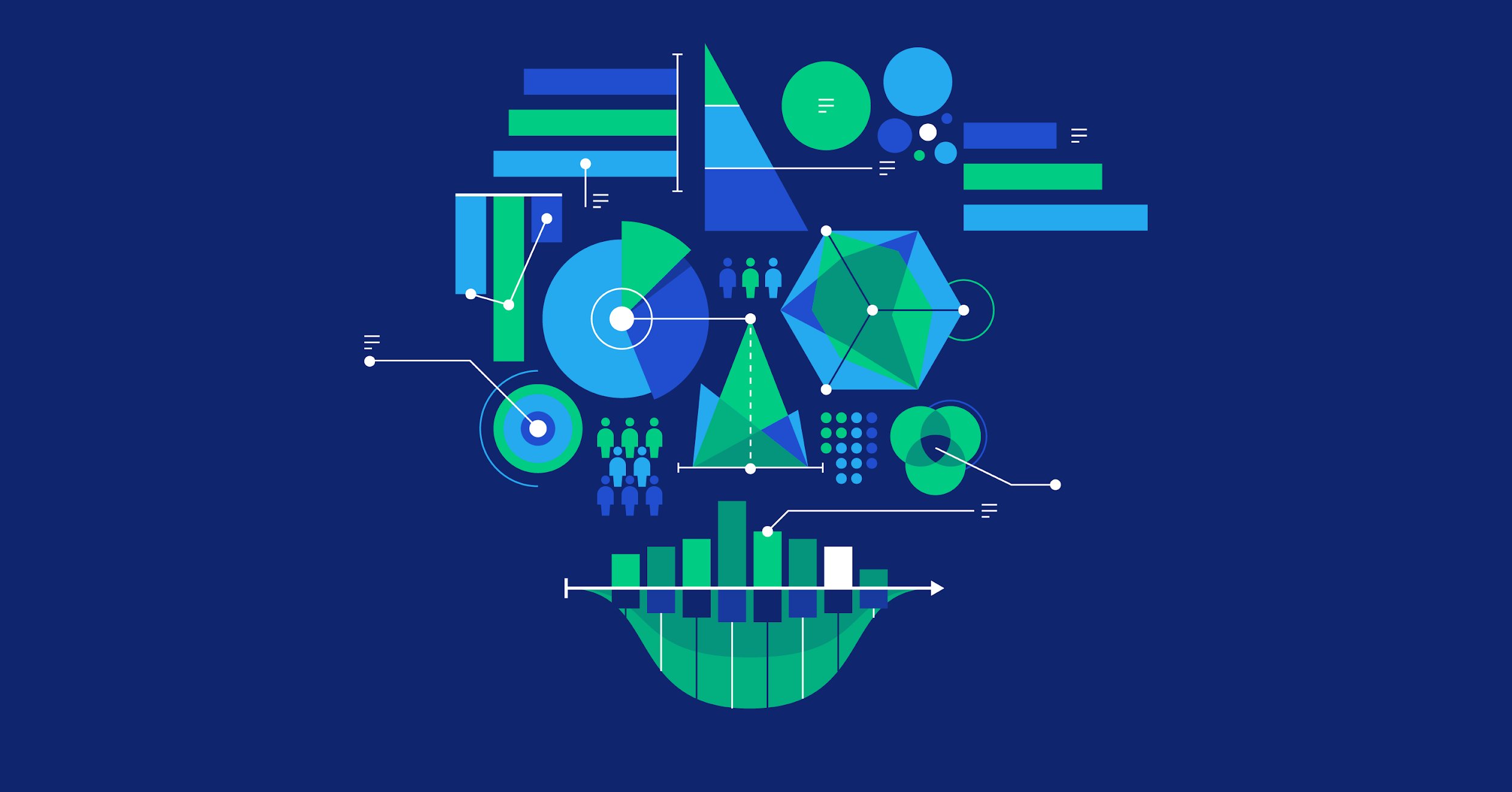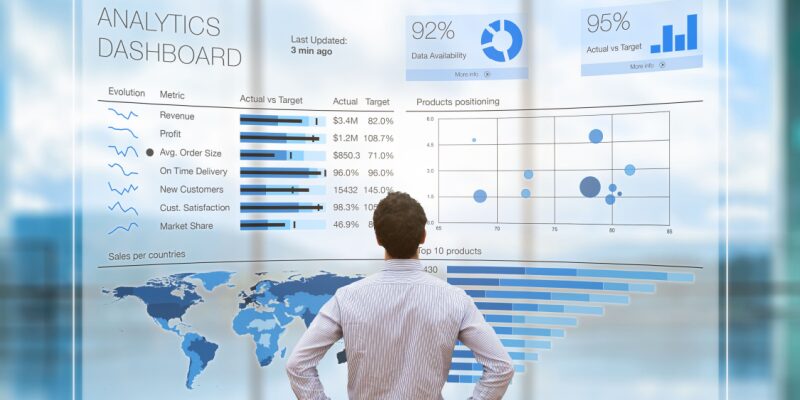In the age of information overload, effective data visualization has become an essential tool for conveying complex information clearly and compellingly. The ability to transform raw data into visual narratives that resonate with audiences is a valuable skill that spans various fields, from journalism and business to science and academia. This article delves into the art of design-making, exploring strategies and principles for crafting data visualizations that inform, engage, and inspire.
The Power of Data VisualizationData visualization is more than just charts and graphs; it's a medium for storytelling. When done right, data visualizations can:
- Simplify Complexity: Complex datasets are often daunting to comprehend. Visualization simplifies this complexity, making it accessible to a wider audience.
- Reveal Patterns: Patterns, trends, and insights hidden in data become apparent when visualized effectively. This aids in decision-making and problem-solving.
- Enhance Understanding: Visuals engage multiple senses, making it easier for people to grasp information. Well-designed visuals can convey a message faster and more effectively than raw data.
- Affect Emotion: Visualizations can evoke emotions and create connections with the data, making it memorable and impactful.
1. Know Your Audience
Before embarking on any data visualization project, it's crucial to understand your audience. Consider their level of expertise, their interests, and their objectives. Are you designing for experts who need granular details, or is your audience more general? Knowing your audience will help you tailor your visualization to their needs.
Tools for Data VisualizationSeveral tools are available to help you create compelling data visualizations, including:
- Microsoft Excel: Suitable for basic charts and graphs.
- Power BI: A powerful tool for interactive data visualization.
- D3.js: A JavaScript library for creating custom, interactive visualizations.
- Python Libraries (Matplotlib, Seaborn, Plotly): Widely used for data visualization in data science and research.
The art of design-making in data visualization is a multidimensional skill that combines data analysis, storytelling, and graphic design. By knowing your audience, choosing the right visualization type, and adhering to the principles of simplicity and clarity, you can create data visualizations that inform, engage, and inspire. In a data-driven world, mastering this art is not just a valuable skill; it's an essential one.






